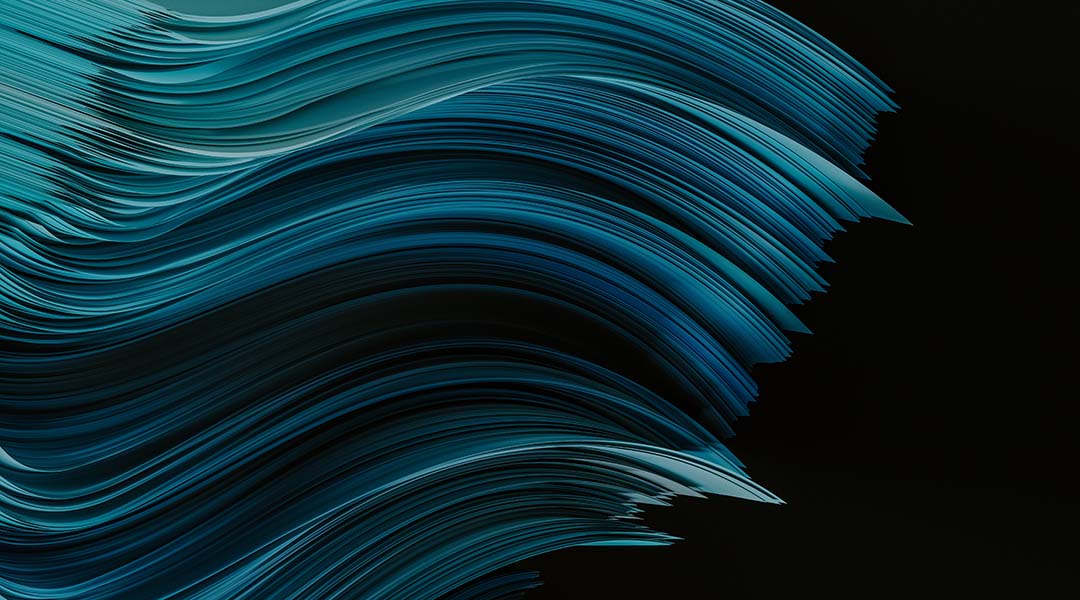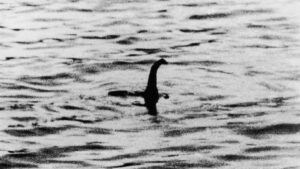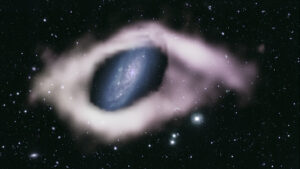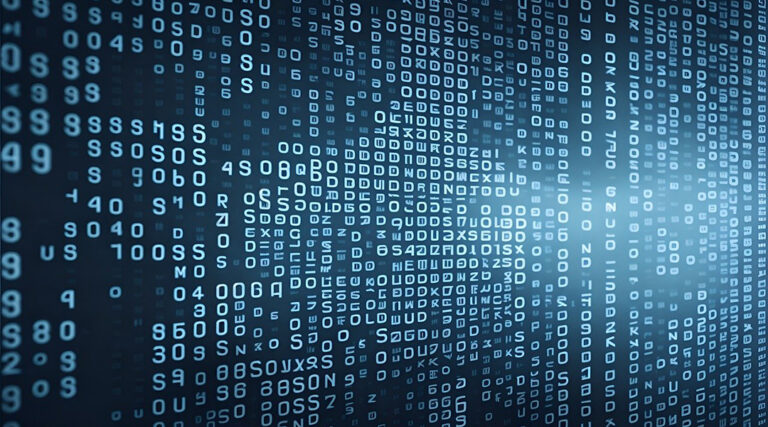Quantum mechanics, a field of study dating back almost a century, is an essential part of fundamental science, serving to describe the behavior of elementary particles and atoms. Beyond theory, quantum mechanics has widespread practical application and has shaped technologies such as quantum computing and quantum cryptography.
Recently, a new technological frontier has emerged that also relies on the enigmatic laws of quantum mechanics. Known as quantum ranging, the field aims to improve the accuracy and sensitivity of measuring distances between objects.
“Quantum ranging is an advanced optical sensing protocol employed for the precise determination of an object’s distance by means of a signal beam interrogation,” Jieci Wang, a professor at Hunan Normal University in China, explained in an email. “Quantum ranging has certain detection advantages over classical ranging schemes. This ranging protocol is a key application to quantum radar.”
Conventionally, the distance to an object is measured using radar, which uses pulsed waves of electromagnetic radiation, specifically radio waves, that are reflected from the object and return to a receiver. The distance can then be calculated from the delay between the emission of the pulse and the detection of the reflected waves using simple physics.
In contrast, the concept of quantum radar, which has not yet been put into practice, uses entanglement to determine distance, even in situations where the signal is weak or the electromagnetic background is noisy, which is typically the case: radiation comes from both space (mainly from the Sun) and from multiple electrical devices on Earth.
“The role of quantum entanglement in quantum ranging is pivotal,” Wang added. “It should promote quantum radar to operate in practical scenarios, such as detecting objects in space, disaster prevention, driverless technologies, meteorological data acquisition, agriculture, and geomatics.”
Using entanglement to measure distance
Entanglement is a purely quantum effect that has no analogues in classical physics. At its core, this phenomenon dictates that if two or more particles once interacted, then they retain a connection, regardless of the distance between them – one could be on Earth, while the other in space.
In the context of quantum radar, two beams of light are entangled, one of which is sent to study the distance to the object while the other remains inside the radar emitter.
When the first beam intersects the target and returns to the radar emitter, its intrinsic entanglement with the second beam becomes a distinctive feature. This makes is possible for the device to distinguish it from all other electromagnetic waves that permeate the surrounding space constantly hitting the emitter.
As a result, quantum radar could be used to detect the faintest of signals, even if it consists of a single photon.
The effects of gravity
To build an optimal quantum radar device, Wang believes it is necessary to take into account the influence of Earth’s gravity on the transmission and reception of signals to and from the target. This is because gravity introduces a curve in spacetime, which affects the timing, trajectory, and entanglement of photons, in turn influencing the accuracy and precision of the distance measurements.
“The potential advantage of quantum radar in curved spacetime means it could outperform its classical counterparts,” said Wang. “In the presence of Earth’s gravitational field [i.e., in near-Earth space], gravitational effects not only modify the size and shape of photons but also affect their path and trajectory.”
In a recent study by Wang and his colleagues published in Advanced Quantum Technologies, they demonstrated how the curvature of spacetime induced by Earth’s gravitational pull amplifies the capabilities of quantum ranging. “Specifically, we assume that one component of the entangled signal-idler photon pair is sent from the Earth to a [space-based] target region,” they wrote.
As the light beams move through space, they will encounter the bending of space caused by Earth’s gravity. “The Earth’s gravity alters how light behaves in space close to our planet,” explained Qianqian Liu, the lead author of the study.
When this happens, the signal or wave packet, which can be considered a group of light waves, gets mixed up and changed in shape. This means that some of the light might be reflected back in a different way than it would if space were completely flat — and this has advantages.
“In space, the influences of relativity on the entangled beam can balance each other out because the signal goes back and forth,” explained Wang. “In contrast, the background noise entering the receiver from the target only comes from one direction, making it easier to differentiate between noise and the signal.”
A bright future
Wang and Liu believe that this curvature will allow quantum radar to surpassing what was previously observed in studies focusing solely on flat spacetime, such as on the Earth’s surface.
While the researchers cannot pinpoint the exact time frame for practical application, they are optimistic that, considering the rapid progress in the quantum ranging field, their findings could soon find their way into real-world devices.
“While it is difficult to determine the exact timeline for when these impacts will be fully realized, we expect that potential applications may become apparent as quantum radar moves into the practical detection phase,” said Liu. “The usefulness of our findings depends largely on a variety of factors, including further development, technological advances, and instrumentation.”
The physicists say they intend to conduct further theoretical research in of quantum ranging with the goal of examining the subtle quantum effects that can arise during emission, propagation, reflection, and comparison of two light signals in more detail.
“In the future work, we want to explore the quantum sensing protocol under the framework of relativity or the corresponding channel resolution protocol more deeply based on our understanding of quantum target detection or quantum ranging,” concluded Wang. “We seek to collaborate with experts in related fields to bring diverse perspectives and expertise to our work, potentially leading to innovative solutions.”
Reference: Jieci Wang, et al., Entanglement-Enhanced Quantum Ranging in Near-Earth Spacetime, Advanced Quantum Technologies (2023). DOI: 10.1002/qute.202300182
Feature image credit: Pawel Czerwinski on Unsplash












+ There are no comments
Add yours